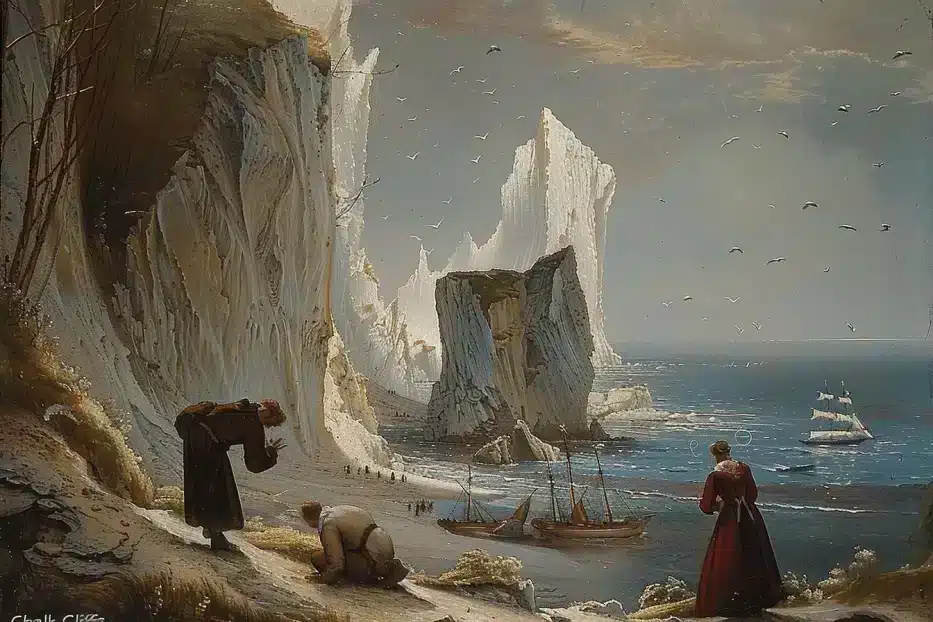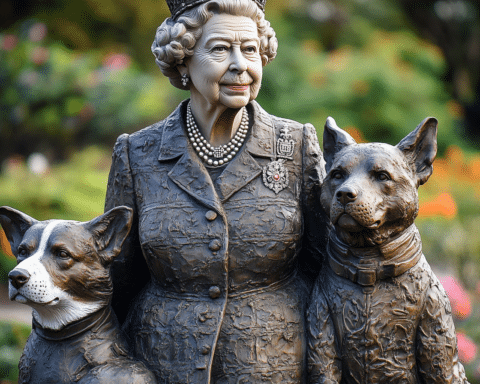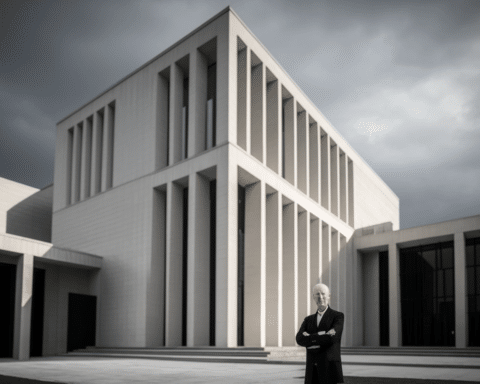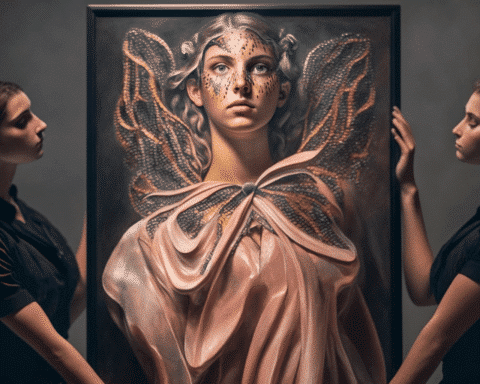Reclaiming a Legacy: The Artistic Renaissance of Caspar David Friedrich
As we approach the 250th anniversary of Caspar David Friedrich’s birth, the art world is witnessing a remarkable resurgence in appreciation for the German Romantic painter who, once revered by Hitler, fell into obscurity only to be rediscovered and celebrated anew. Friedrich, who passed away in poverty in 1840, is now at the forefront of a significant revival, with his relationship with nature and the sublime once again captivating audiences and scholars alike.
This year, Germany is hosting three major exhibitions dedicated to Friedrich, with Hamburg’s Kunsthalle leading the charge with a show that opened in December. The exhibition, which features Friedrich’s iconic “Wanderer Above the Sea of Fog,” sets the stage for subsequent exhibitions in Berlin and Dresden. Berlin’s Alte Nationalgalerie is set to explore the gallery’s role in rediscovering Friedrich’s work with its “Infinite Landscapes” exhibition, highlighting the artist’s critical reception and success in Berlin during his lifetime.
Friedrich’s influence extended beyond Germany, with his works admired by prominent figures and making their way into significant collections, including Russia’s Hermitage Museum. Despite the challenges posed by international relations, particularly after the invasion of Ukraine, Friedrich’s legacy continues to be celebrated, with his work inspiring contemporary artists and captivating audiences worldwide.
The narrative of Friedrich’s fall from grace, mainly due to his association with the Nazis, and his subsequent re-emergence as a pivotal figure in art history, reflects a broader theme of redemption and rediscovery. As Birgit Verwiebe, a Friedrich scholar and curator, notes, Friedrich was long considered an insider’s tip, his reputation tarnished post-World War II. However, exhibitions in the latter half of the 20th century, notably at London’s Tate and the Hamburger Kunsthalle, significantly rekindled interest in his work.
Today, Friedrich’s influence permeates the contemporary art scene, with artists like Gerhard Richter drawing inspiration from his landscapes. The upcoming exhibitions in Germany and the planned major solo show at the Metropolitan Museum of Art in New York in 2025 are a testament to Friedrich’s enduring appeal and the universal resonance of his exploration of man’s relationship with nature.
As we reflect on Friedrich’s journey from obscurity to reclamation, it’s clear that his art continues to speak to the human experience, transcending time and geographical boundaries. The anniversary year celebrations are not just a tribute to Friedrich’s genius but also a reminder of the cyclical nature of art history, where the past is perpetually rediscovered, reinterpreted and revered by new generations.




